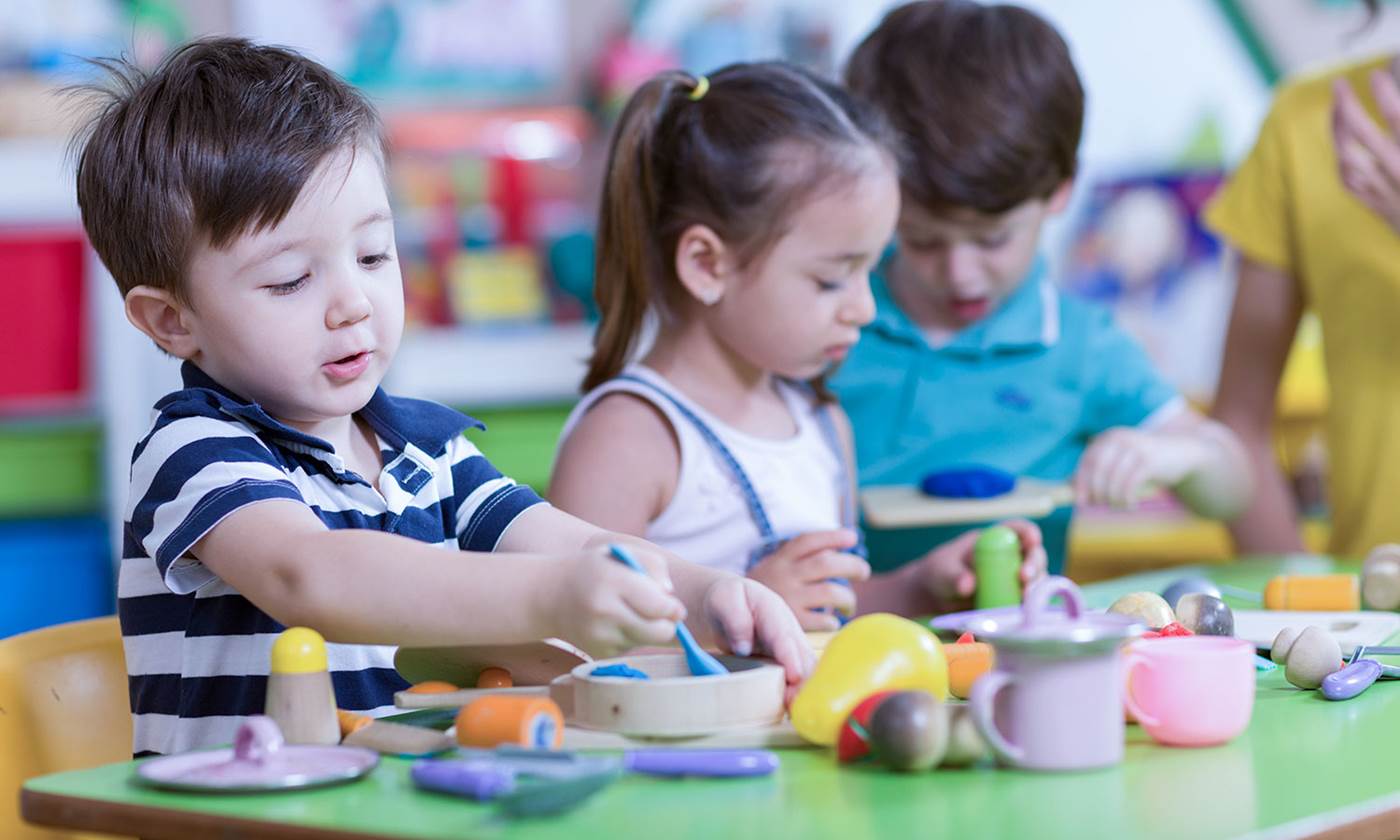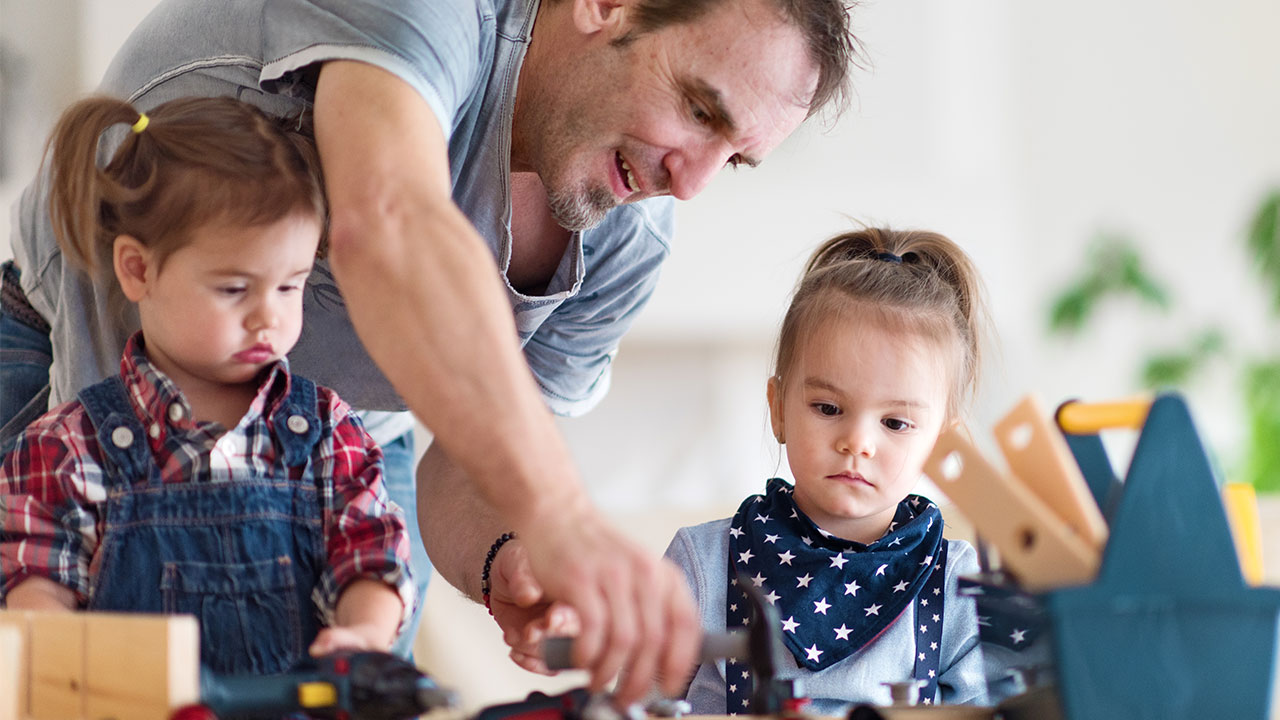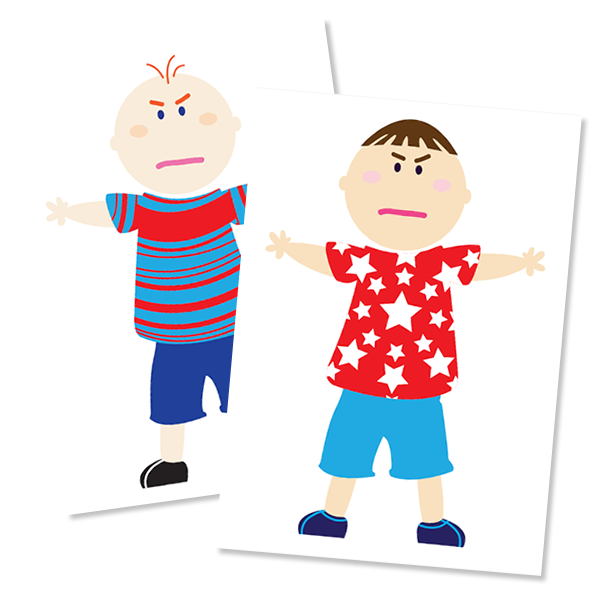Ways to Engage Your Reluctant Writer
Does your young child or a child your educate need assistance, not just with writing, but to find the ‘joy’ in writing?
This is a dilemma we face frequently particularly when working with school aged children who have struggled with speech and language skills since their preschool years.
They have often followed the trajectory of finding school work difficult. Learning to read and spell has been hard going and the task of writing a narrative or expository text seems not only insurmountable but also just very unappealing.
It can be tricky to help these students. We can only improve our writing by writing but how do you do this when the student is lacking in skill, motivation, confidence and interest?
Aaah…that last word….interest. Harness their interest to find a spark and you might be surprised by how quickly a student can move from being disengaged to finding a love of writing.
Find what interests the child…what lights the fire in their belly?
For one of my students this Term, that fire has been all things Pokemon and Star Wars. I can’t say that I know much at all about either of these topics but I am quickly learning. It has not taken much digging to find a plethora of ideas out there to harness my student’s interest in these topics and to funnel this interest into a range of writing tasks.
We have had so much fun expanding our vocabulary and knowledge about these mythical creatures using resources freely available such as this beauty https://www.scribd.com/document/521042181/3
We have been able to look at foundational decoding skills by breaking the names into syllables to read accurately and to highlight the trickier spellings of consonants and vowel sounds.
We have also been able to use the names of Pokemon to target spelling with a focus upon mapping speech sounds to graphemes / letters.
Our Pokemon themed sessions have also provided plenty of ideas for planning narratives using these interesting characters. Targeting oral and written narrative has so many far reaching benefits for all children but particularly for those who struggle with language and literacy. Using scaffolds such as these Narrative Scaffolds Narrative Scaffolds with a Pokemon theme doesn’t feel like hard work at all for students who have a strong interest in these little critters.
If Star Wars is more your thing….
It only takes a quick Google and you will have so many fresh ideas to incorporate this interest into a writing task. Whether it is a narrative, a description or information report, an opinion piece or any writing text you are targeting…there is an idea within the Star Wars theme that will work.
Remember that writing doesn’t have to be an all or nothing task either. Why not help children who struggle to get started with writing to brainstorm all they know about a topic (and believe me..students who are interested in Star Wars know A LOT about this topic). Encourage the students to write each idea or word on a single strip of paper. At this stage, they […]




